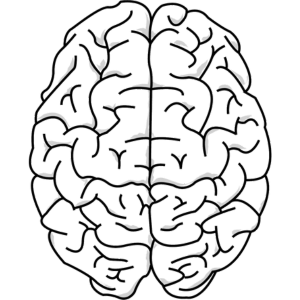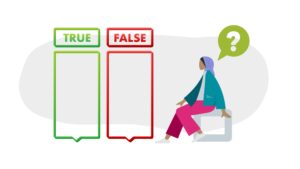
Explore what drives human behaviour-join the course today and claim your limited-time 20% discount by quoting BRAIN20 at checkout! 👉
Articles 5 Common Myths About Behaviour

When it comes to children and young people, it can sometimes feel as though their behaviour is deliberate; that they are choosing to behave in a certain way. And this can be reflected in the language we use. Phrases like, ‘challenging behaviour’, ‘kicking off’ and ‘attention-seeking’ are not uncommon in some settings and services.
Read our article, Moving on From ‘Challenging Behaviour’ and download our support guide.
But what if behaviour is not a choice? What if there is something else at play that is influencing the behaviour of a child or young person on a subconscious level?
Thanks to neuroscience, we now understand so much more about what drives behaviour beneath the surface. And it might just be the case that our knowledge of brain structure and brain development can help us bust a few common behaviour myths.

What can sometimes look like defiance, rudeness, or aggression is often simply an automatic response to stress, rather than a deliberate choice. When a child feels overwhelmed, unsafe, or dysregulated, their brain can go into survival mode, leading the nervous system to trigger the ‘fight, flight, freeze, flop, or fawn’ reaction. That’s not naughtiness; that’s the nervous system asking for help.

The prefrontal cortex, the area of the brain responsible for reasoning, impulse control, and decision-making, doesn’t reach an adult state until an individual’s mid-20s. This means that many children and teens don’t have the brain architecture yet to pause, plan, or self-regulate in the same way as adults can. And if their brain development has been affected by trauma, ACEs, or attachment issues, this may further explain why they find it challenging to control their emotions and responses.
Download our Staff Meeting in a Box: Trauma-Informed Support.

Post Rating
You must be logged in to vote.
To view this content, you must have active Team Teach certification. Please register or log in and check your certificate number is added to your profile.
The Team Teach Knowledge Hub is a global community containing content from around the world. Please exercise your professional judgment to determine the appropriateness of any of our resources for your specific sector and geographic region, and be aware of the applicable laws and guidelines governing your organisation.